Negro Leagues Baseball Museum
Introduction
Author-Uploaded Audio
Introduction to the museum by Michael Patton; recording created by Black Archives of Mid-America
Text-to-speech Audio
Located near the founding site of the Negro Leagues, this museum preserves and shares the history of African Americans in baseball from the Civil War to the Civil Rights Movement when MLB teams and Southern minor league teams began to hire Black players, coaches, and front office personnel. The museum includes a replica of Kansas City's Muehlebach Stadium with statues of the game's greatest players. Visitors begin their tour with a documentary film narrated by actor James Earl Jones that shares the general history of Black baseball and the Negro Leagues. The museum then follows a timeline, created by historian and co-founder Larry Lester, that places the history of the Negro Leagues within the larger narrative of American history. Other founders included Phil Dixon, Buck O'Neil, Alfred Surratt, Sr., Bob Motley and Horace Peterson. Static exhibits include original equipment, jerseys, photographs, and several interactive displays. The museum concludes with exhibits about the hiring of Black coaches and managers, and a gift shop that includes replica jerseys, books, pennants, and posters.
Images
The logo of the Negro League Baseball Museum
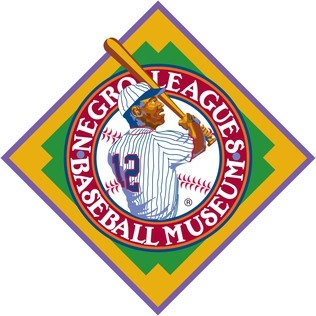
Baseball's First Colored World Series
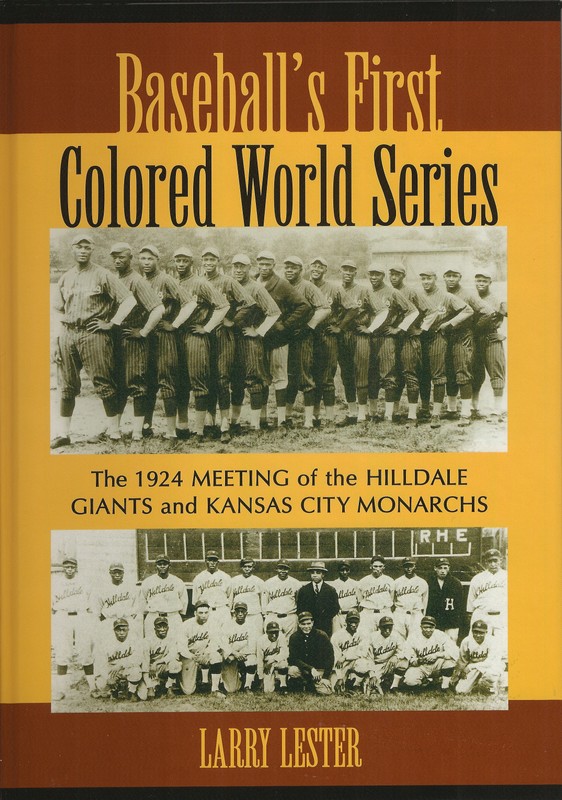
Rube Foster in His Time - Founder of the Negro National League
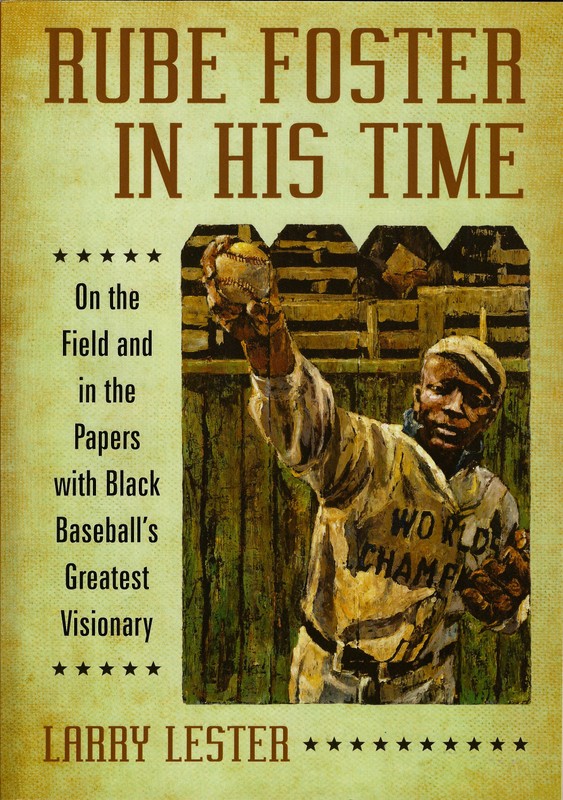
Rube to Robinson
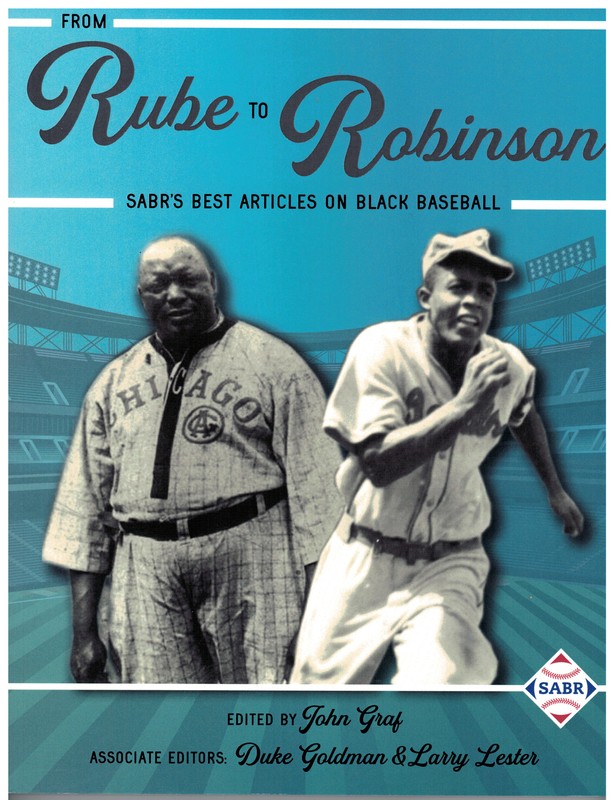
The Negro Leagues Book, Volume 2
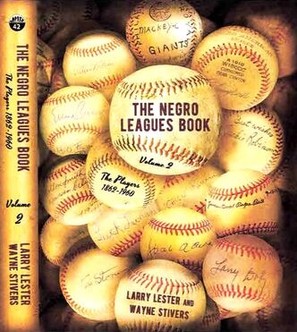
The Kansas City Monarchs: Champions of Black Baseball
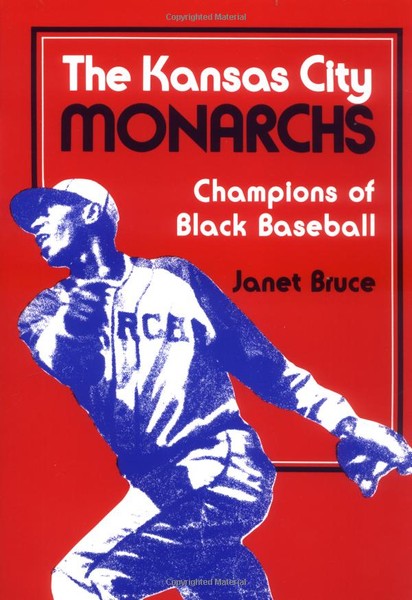
When the Monarchs Reigned
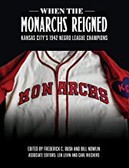
J.L. Wilkinson and the Kansas City Monarchs
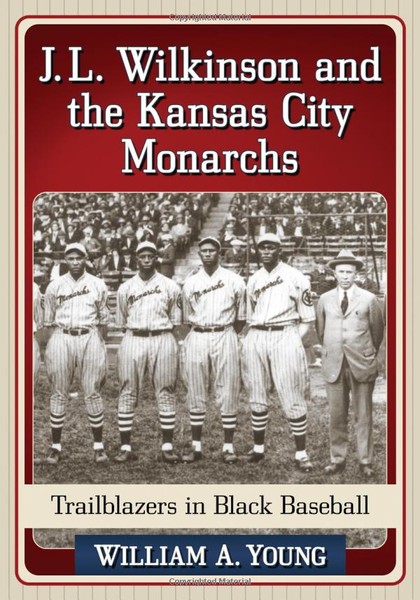
Black Baseball in Kansas City
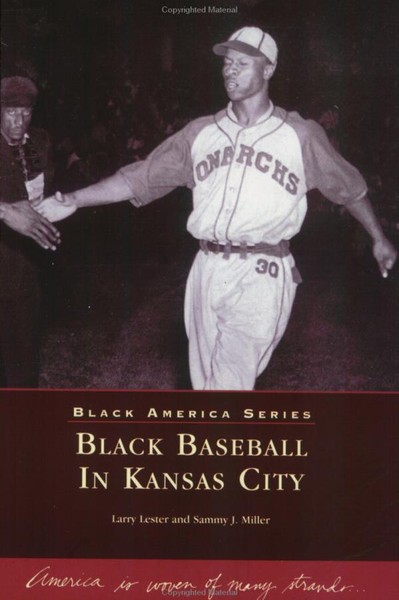
Backstory and Context
Text-to-speech Audio
African Americans began to play baseball in the late 1800s on military teams, college teams, and company teams. They eventually found their way to professional teams with white players. Moses Fleetwood Walker and Bud Fowler were among the first to participate. However, racism excluded most African Americans from these teams by 1900. Thus, Black players formed their own teams and traveled around the country to play anyone who would challenge them.
In 1920, an organized league structure was formed under the guidance of Andrew "Rube" Foster-a former player, manager, and owner of the Chicago American Giants. In a meeting held at the Paseo YMCA in Kansas City, Foster and other Midwestern team owners; Indianapolis ABCs, Cincinnati Cuban Stars, Detroit Starts, St. Louis Giants, Chicago Giants, Kansas City Monarchs and the Dayton Marcos, created the midwestern-based Negro National League (1920-31). Soon after, other leagues were formed including; Eastern Colored League (1923-1928), American Negro League (1929), East-West League (1932), Negro Southern League (1929), eastern-based Negro National League II (1933-1948) and the Negro American League (1937-1962).
In 1945, the Brooklyn Dodgers recruited Jackie Robinson from the Kansas City Monarchs. Robinson was not the first African American to play on a Major League team, simply the first to do so in baseball's modern era. Robinson's success paved the way for other Black players, but integration also led to the decline of the Negro Leagues. By the early 1950s, Negro League teams found their best players being signed by MLB teams. The last Negro Leagues teams folded in the early 1960s, but their legacy lives on at the Negro Leagues Baseball Museum.
Museum History from the NLBM website:
Through the inspiration of Horace M. Peterson III (1945-1992), founder of the Black Archives of Mid-America, a group of local historians, business leaders, and former baseball players came together to create the Negro Leagues Baseball Museum in the early 1990s. The museum originally operated out of a small, one-room office in the Lincoln Building. The museum expanded to a 2,000 square-foot space in the Lincoln Building in 1994.
During the late 1990s, plans were underway by city officials to create a new home to showcase Kansas City's jazz heritage and to revitalize the Historic District. City officials and Mayors Dick Berkley and Emanuel Cleaver II worked to raise over $20 million in bonds to build a new facility to host the new American Jazz Museum and a new, permanent and expanded, home for the Negro Leagues Baseball Museum. This new 50,000 square-foot building opened in September 1997 and the Baseball Museum opened in November. The NLBM broke ground in early 2006 on a $15 million historical preservation and expansion project to restore the Paseo YMCA and convert the national landmark into the John "Buck" O'Neil Education and Research Center.
Sources
Holway, John. Voices from the Great Black Baseball Leagues. 1st ed. New York: Da Capo Press, 1992.
Peterson, Robert. Only the Ball Was White: A History of Legendary Black Players and All-Black Professional Teams. New York: Gramercy Books, 1999.
Vincent, Fay. The Only Game in Town: Baseball Stars of the 1930s and 1940s Talk About the Game They Loved. New York: Simon & Schuster, 2006.
https://tinyurl.com/booksbyLester
https://tinyurl.com/booksbyLester
https://tinyurl.com/booksbyLester
https://tinyurl.com/booksbyLester
Janet Bruce
Bill Nowlin and Frederick Bush
William A. Young
https://tinyurl.com/booksbyLester
